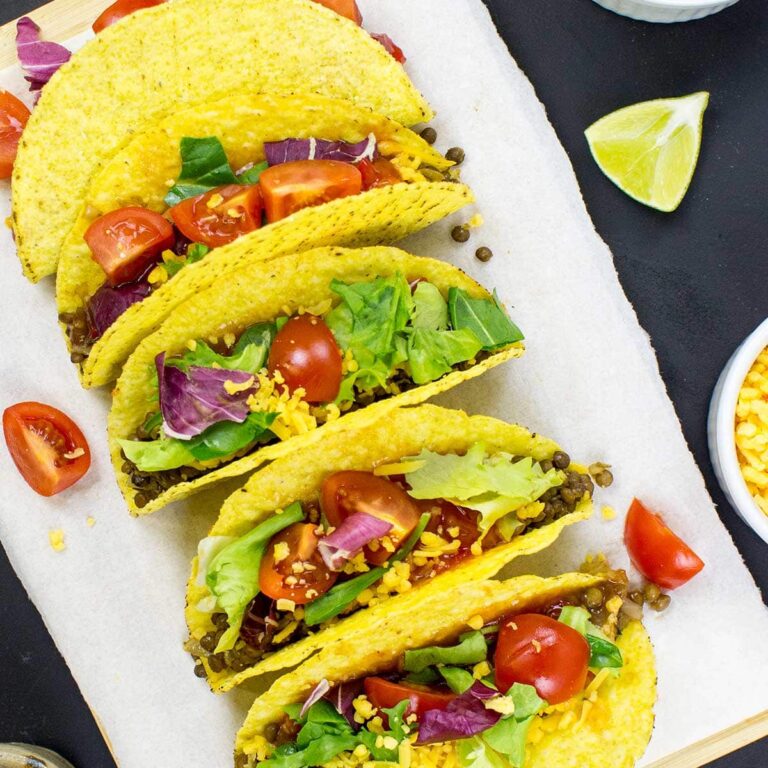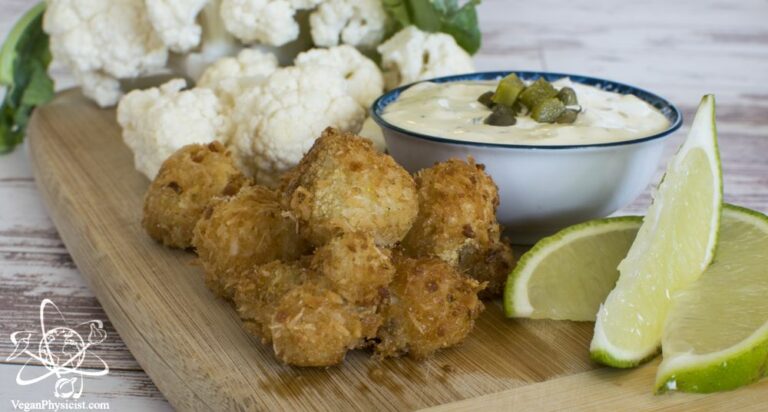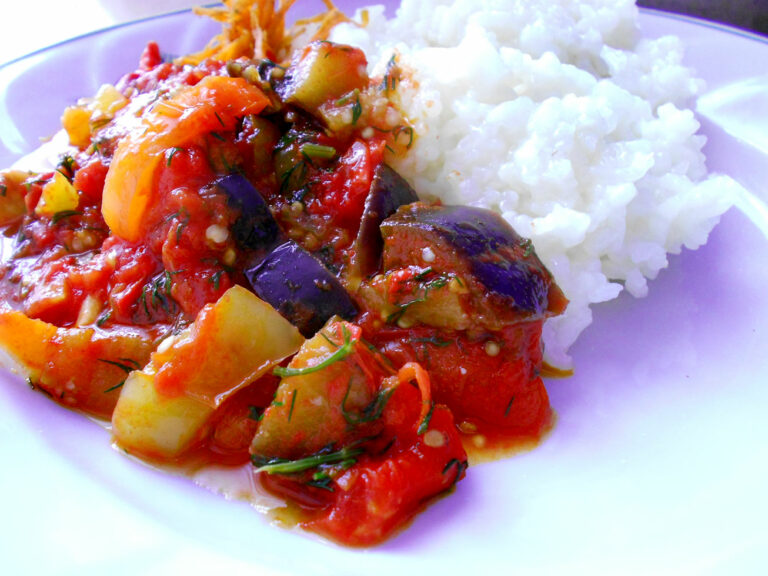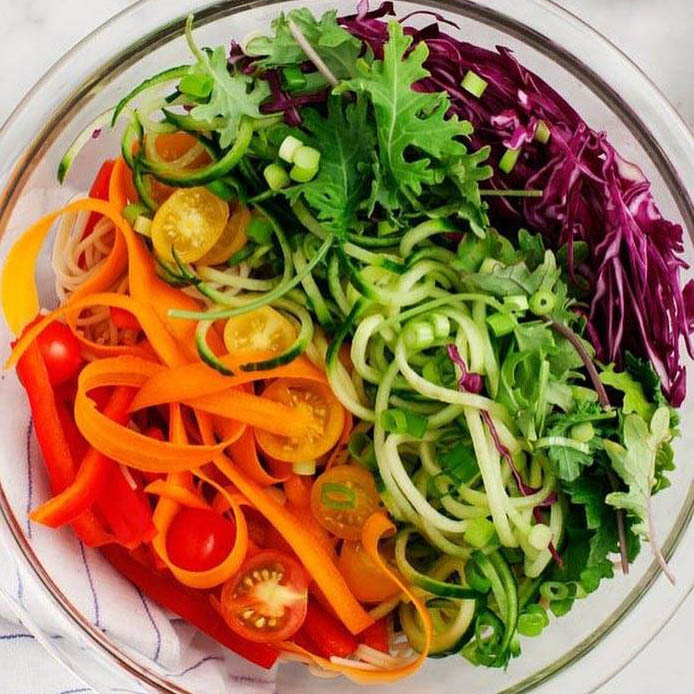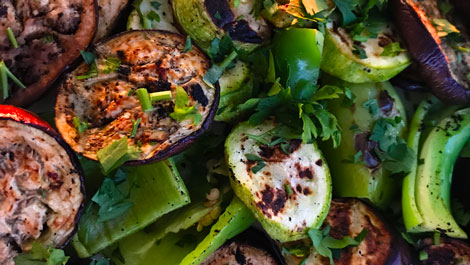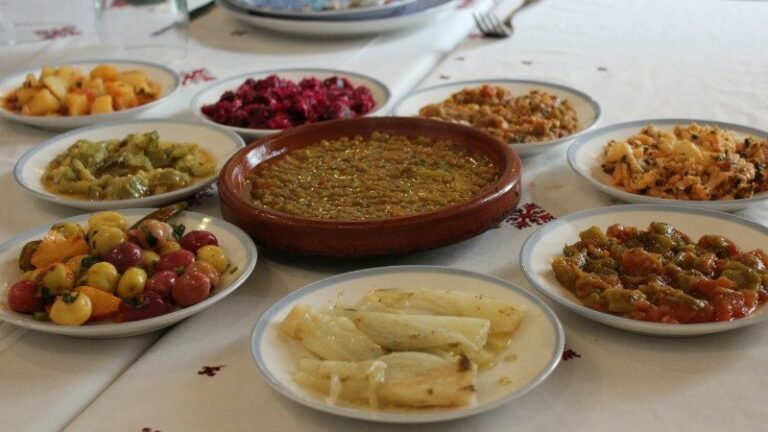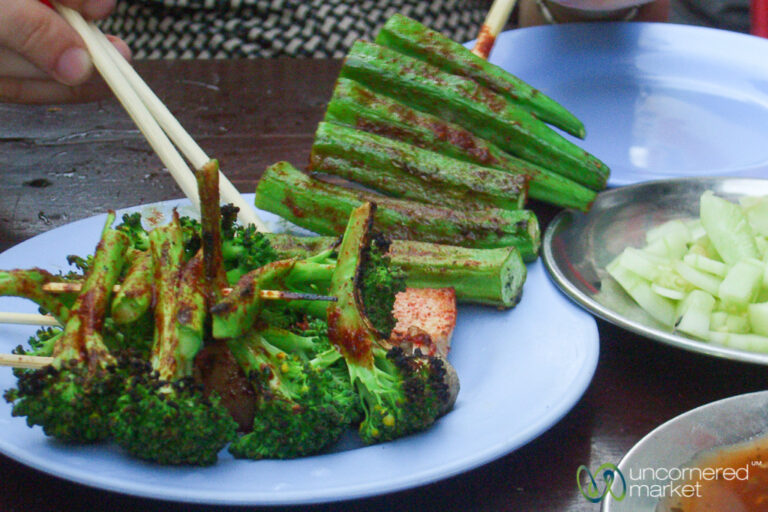Introduction: Understanding Mauritanian Cuisine
Mauritanian cuisine is a mixture of traditional West African and North African cuisine, with influences from French and Lebanese cuisine. Meat, especially lamb, is a staple in Mauritanian cuisine, and many dishes are centered around it. However, the cuisine also includes a variety of grains, vegetables, and spices, which provide a wide range of flavors and textures.
Meat-centered Dishes in Mauritanian Cuisine
Mauritanian cuisine is known for its meat-centered dishes such as Mechoui, a roasted lamb dish, and Thieboudienne, a fish and rice dish. Other popular meat dishes include Mafé, a peanut sauce with lamb or beef, and Chakriya, a stew made with chicken and vegetables. These dishes are often served with couscous, a traditional staple in the region.
Vegetarian Options in Mauritanian Cuisine
While meat is a prominent feature in Mauritanian cuisine, there are also vegetarian options available. One such dish is Akassa, made with cornmeal and served with a variety of vegetables. Another popular dish is Legume, a vegetable stew made with eggplant, carrots, cabbage, and tomatoes. Vegetarians can also enjoy Couscous, which is often served with a variety of vegetables such as zucchini, carrots, and onions.
Vegan Options in Mauritanian Cuisine
While vegan options may be limited in Mauritanian cuisine, there are still some dishes that can be enjoyed. One example is Aish, a flatbread made without eggs or milk. Another vegan option is Bazeen, a dish made with millet flour, water, and salt. Traditional sauces such as Harissa and Chermoula are also vegan and can be enjoyed with vegetables, bread, or couscous.
Traditional Mauritanian Vegetarian and Vegan Dishes
Some traditional Mauritanian vegetarian and vegan dishes include Tabil, a spice blend used in a variety of dishes, and Baamiya, a dish made with okra and tomatoes. Another dish is Lakh, a type of porridge made with millet, water, and salt. For vegans, there is also Akkui, a dish made with onions, tomatoes, and potatoes.
Conclusion: Exploring Plant-Based Eating in Mauritanian Cuisine
Although meat is a prominent feature in Mauritanian cuisine, there are still options for vegetarians and vegans. With its blend of West and North African influences, traditional Mauritanian cuisine offers a variety of plant-based dishes that are worth exploring. By incorporating more plant-based options, we can enjoy the unique flavors and textures of Mauritanian cuisine while also promoting a more sustainable and healthier way of eating.



